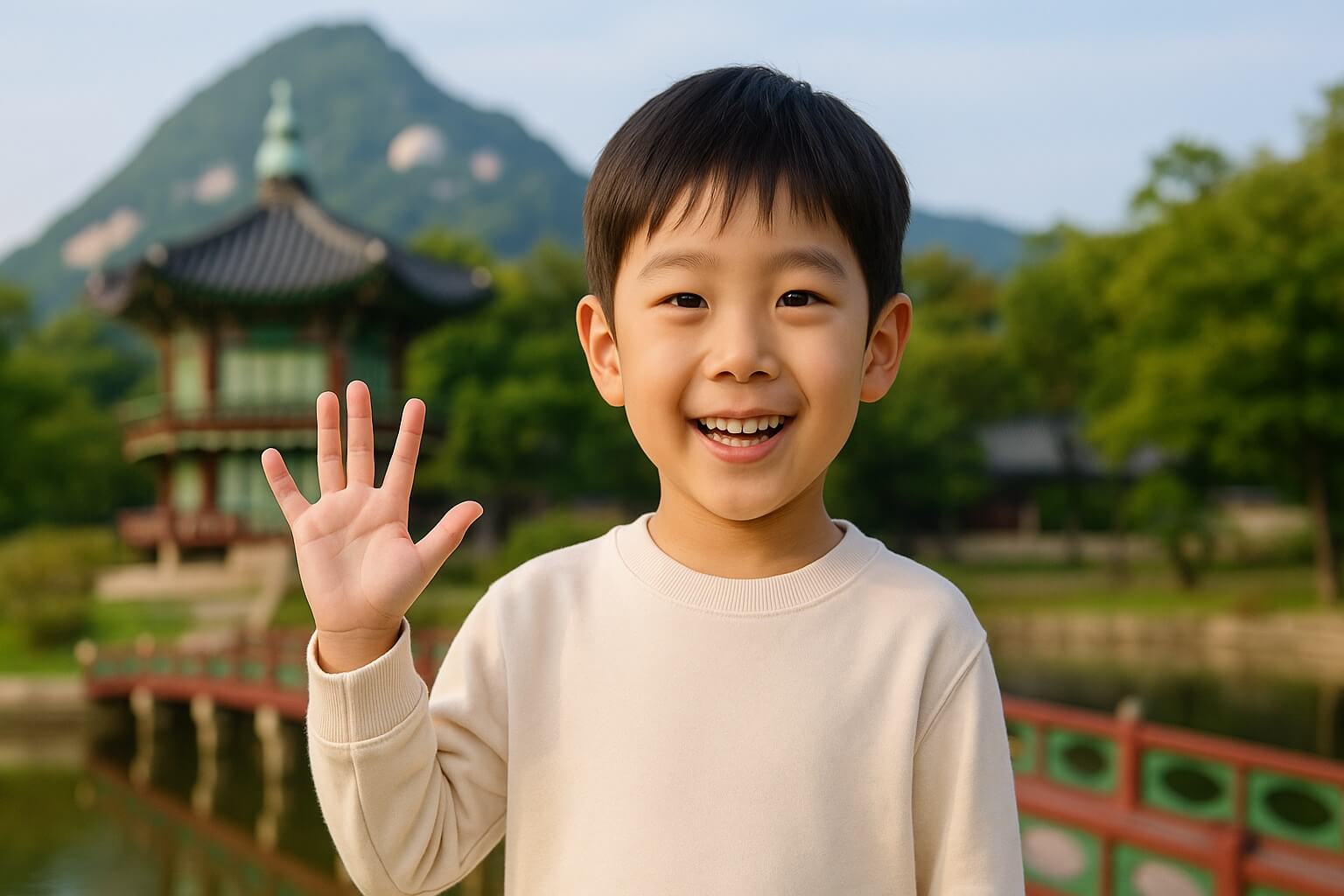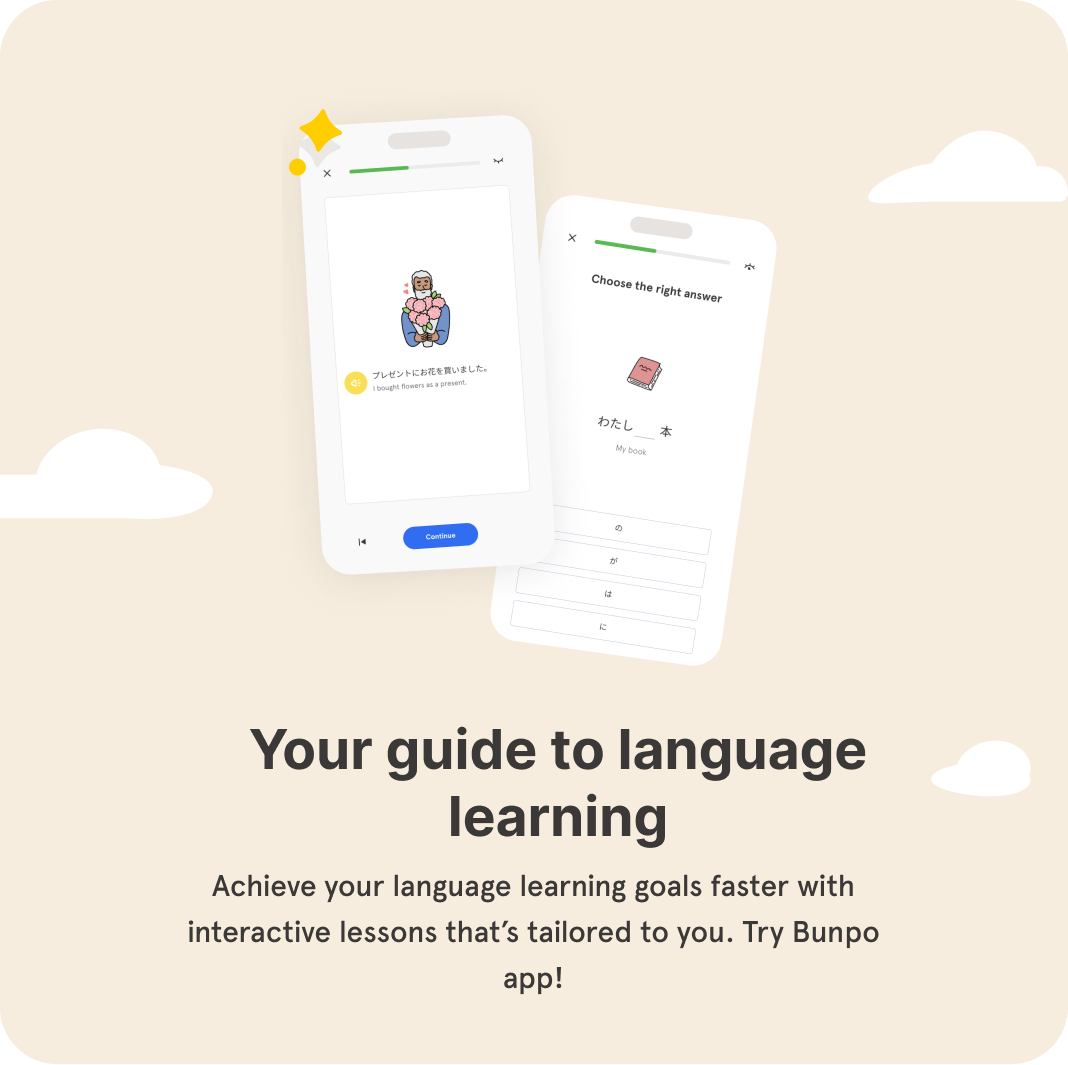
When you start studying Korean, one of the first things you’ll learn is how to say “hello.” Greeting someone properly not only welcomes them but also helps establish an instant connection. Here are five common ways to greet someone in Korean, each suitable for different situations.
1. 안녕하세요 (Annyeonghaseyo)
Translation: Hello (formal/polite)
“안녕하세요” is the most commonly used greeting you’ll hear in Korea. It’s polite enough to use with strangers, elders, or someone you’ve just met. Neutral and universally appropriate, this greeting fits most situations.
2. 안녕 (Annyeong)
Meaning: Hi/Hey (informal)
“안녕” is an informal greeting you’d use with friends, relatives, or someone younger than you. It’s concise, easy to remember, and very popular among peers.
3. 안녕하십니까 (Annyeong hashimnikka)
Meaning: Hello (very formal)
“안녕하십니까” is highly formal, traditionally used in very respectful situations, such as business meetings, official ceremonies, or when greeting elders of high social status.
4. 여보세요 (Yeoboseyo)
Meaning: Hello (on the phone)
When making or receiving a phone call in Korea, you’ll use “여보세요.” This greeting clearly indicates that you’re speaking on the phone and is not used face-to-face.
5. 좋은 아침이에요 (Joeun achimieyo)
Meaning: Good morning
Although less common than “안녕하세요,” “좋은 아침이에요” is a warm, friendly way to specifically greet someone in the morning. It’s polite, cheerful, and perfect for starting the day on a positive note.
Wrapping Up
With these five essential Korean greetings, your communication skills and cultural understanding will greatly improve. Use them often, and soon you’ll be greeting others confidently like a local!



